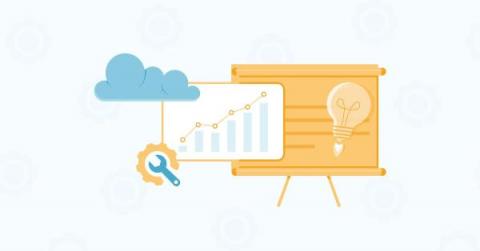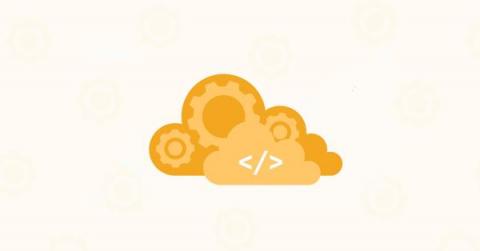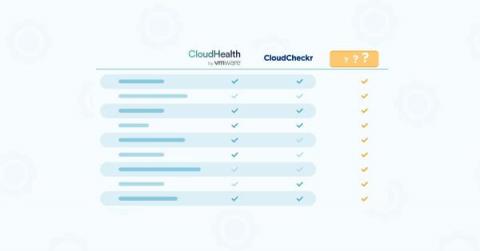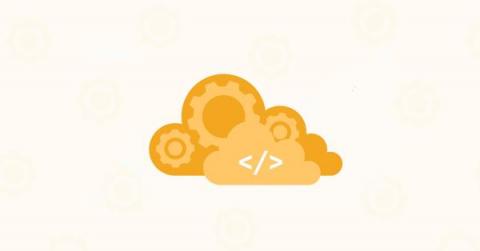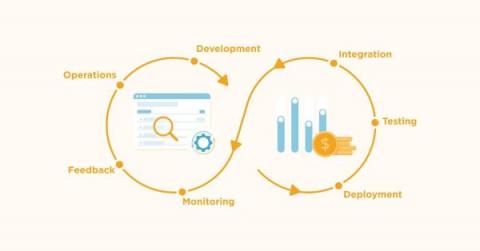5 Real-Life Examples Of Companies Measuring Cloud Cost Per Customer
At CloudZero, we advocate measuring every cloud cost metric that makes the most sense for your business. When you know your company’s unit economics inside and out, you can better inform each department, show them how to make smart decisions based on the information, and ultimately maintain control over your margins. One of the most universally useful metrics to track is cloud cost per customer.


